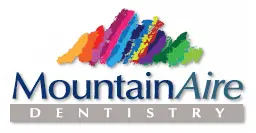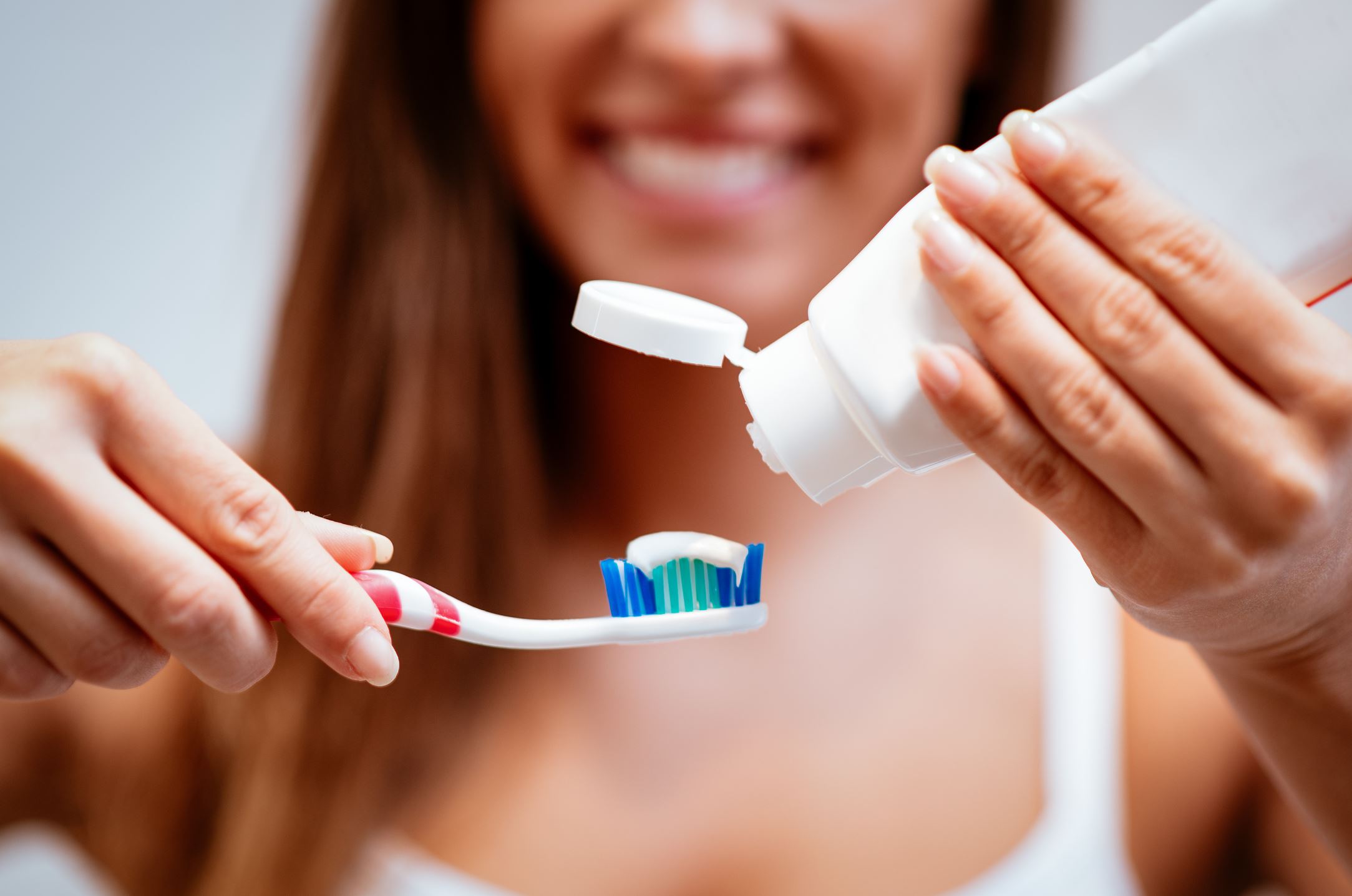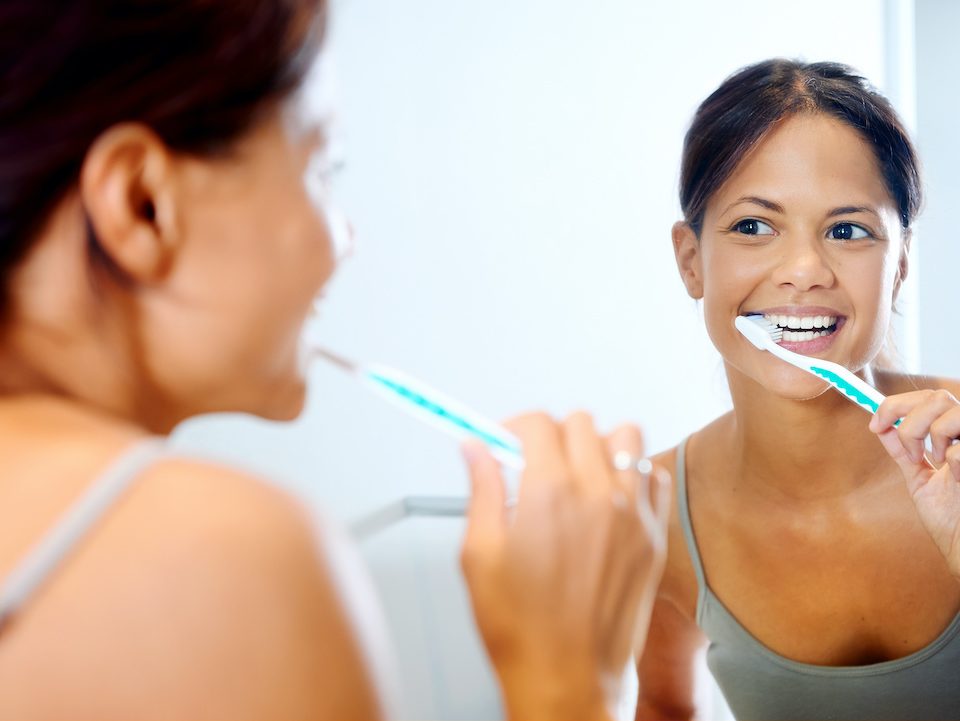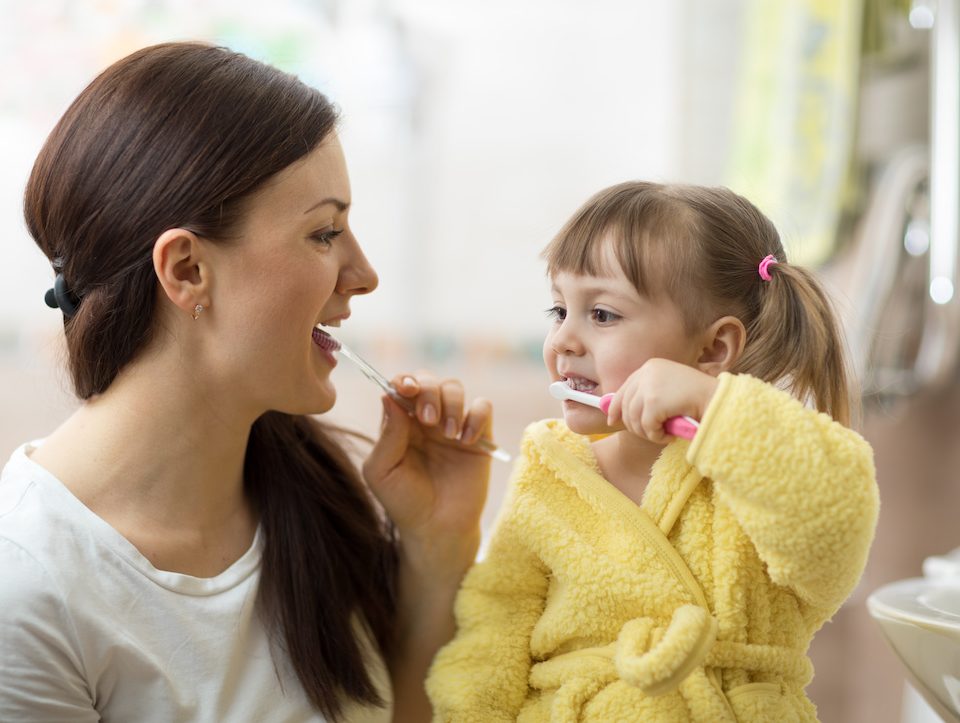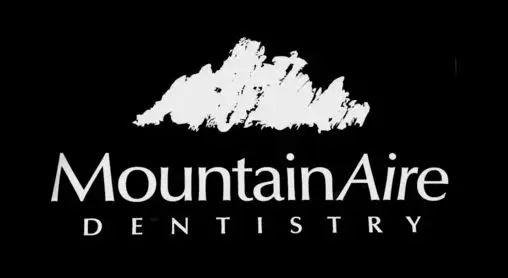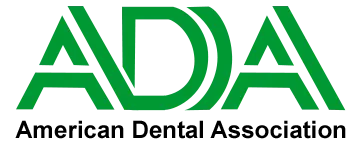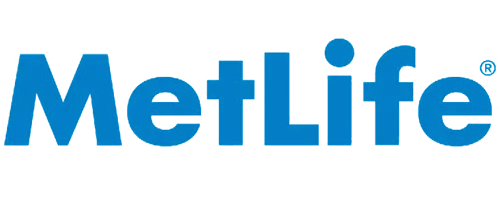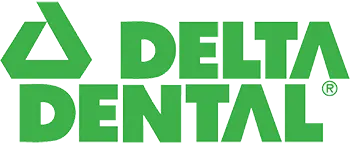Brushing Teeth: Do’s and Don’ts
When are Dentures Necessary?
January 19, 2019The Transforming Power of Teeth Whitening
January 24, 2019Brushing Teeth: Do’s and Don’ts
Brushing teeth is easy, right? Even though you’ve been brushing your teeth for years, you might be surprised to find that you’re not doing it properly. Dr. Chris Bockrath, of Mountain Aire Dentistry, provides oral hygiene instruction as part of preventative care instruction for his young patients. Adults may need a refresher too!
The following are some guidelines from the American Dental Association (ADA) for brushing teeth properly. Good brushing habits help to avoid oral health problems such as tooth decay, gum disease and bad breath or other oral diseases.
Wait 30 Minutes After Eating Acidic Foods Before Brushing Teeth
Brushing teeth right after eating certain foods can adversely affect your tooth enamel. According to the Mayo Clinic, if you’ve eaten anything that is acidic, you should avoid brushing teeth for at least 30 minutes. Foods containing citric acid, like citrus fruits, weaken tooth enamel. Brushing teeth too soon after eating foods can damage the enamel in its already weakened state.
This same guideline goes for that hamburger you just washed down with a soda. The acids from soft drinks, juice, energy drinks, etc., have the same damaging effect on your teeth. Brushing teeth too soon after eating can further damage the enamel that cannot be replaced.
While you are waiting to brush your teeth, rinse your mouth with water. This will help to remove food residue that is left behind and it will also dilute the acid that can start eating away at your tooth enamel before you can safely brush your teeth.
Gently Brush Teeth with Fluoride Toothpaste Twice a Day for Two Minutes
You heard it right. Likely, we all know brushing teeth twice a day is recommended, but did you know you should hang in there for two minutes each time? This should be done especially first thing in the morning and before bedtime using a soft bristled toothbrush.
Flossing should occur once a day and bedtime is the recommended time. This will prevent food and debris from remaining in the crevices of the teeth overnight. The combination of brushing teeth and flossing could prevent the build-up of plaque, which is the main cause of tooth decay.
Guidelines for Brushing Teeth from the ADA
The following are some simple guidelines the ADA offers for brushing teeth properly:
- Your toothbrush should be at a 45°angle along the gum line. Move it in a back and forth motion, and repeat for each tooth.
- Brush the inside surface of each tooth, using the same back and forth method.
- Brush the chewing surface (top) of each tooth.
- Use the tip of the brush to brush behind each tooth — front and back, top and bottom and up and down strokes.
- Be sure to brush your tongue to remove odor-causing bacteria.
You might have to set a timer for two minutes in order to brush for the recommended time, or turn on your favorite song that lasts for two minutes, but do what it takes. Ultimately, brushing teeth adequately will help to preserve your pearly whites now and in the future.
Properly Store Your Toothbrush After Brushing Teeth
After brushing teeth, be sure to thoroughly rinse your toothbrush to make sure there is no debris or toothpaste left on it. Store it in an upright position and let it air dry. Leaving it exposed to the open air is better than storing it in a closed container, which promotes microbial growth.
Cleaning Your Toothbrush
Toothbrushes can harbor bacteria, and although there is no evidence that this bacterium causes harmful health effects, you may want to sanitize your toothbrush periodically. Here are some recommendations for toothbrush care:
- Soak your toothbrush in 3 percent hydrogen peroxide or mouthwash to help reduce the bacteria. Immerse the bristles for about 15 minutes; any longer could damage them and a damaged toothbrush is not effective in cleaning your teeth.
- The Centers for Disease Control and Prevention (CDC) advises against using your dishwasher or microwave to disinfect toothbrushes because the high heat could damage the bristles.
- Toothbrush sanitizer devices are also available. If you choose to purchase one, make sure it is approved by the FDA. No sanitizer will remove all germs and if you buy one with an ultraviolet light, it may actually deteriorate the bristles, so be sure to inspect and replace your toothbrush more often if this is the route you choose.
- If you are sick or at a higher risk of infection, take some preventive steps to help guard against a germy toothbrush and rinse or soak as previously described. You might also consider using disposable toothbrushes until you are well.
Replace Your Toothbrush Every Three to Four Months
It’s important to replace your toothbrush often. Three to four months is a general guideline, but if you notice it looks matted or frayed, your toothbrush needs to be replaced.
What Type of Toothbrush Should You Buy?
There are many toothbrushes to choose from. WebMD provides useful tips on their website to help you find the right toothbrush for you or you can consult with Dr. Bockrath during your office visit. Power toothbrushes can also be used for brushing teeth, just be sure to look for the ADA Seal of Acceptance so that it meets the proper requirements.
Brushing teeth correctly and caring for them in between dental visits are essential steps for your oral health. Appointments at least twice a year with Dr. Bockrath are also essential.
Dr. Bockrath can ensure you’re doing an effective job brushing your teeth. Catching problems in the early stages will be achieved when you commit to regular appointments with him.
If you have questions or concerns about your oral health, please visit our website for information regarding the broad spectrum of services we provide. Call or come to our office to schedule a time for a consultation. For those with a busy schedule, Dr. Bockrath has some appointments in the early morning and he also has some extended hours!
Our Broomfield dental office is conveniently located at 291 E Flatiron Crossing Dr in Broomfield, Colorado, with easy access if you’re coming from Erie, Northglenn, Thornton or Centennial. For more information about our dental office or to schedule an appointment, call us today at (303) 731-7755.
When you visit our Broomfield dental office, your smile is our top priority. Our Dentists invite you to experience the difference a warm and caring team can provide for you and your family. Enjoy a unique and comfortable dental experience designed to bring a healthier and happier smile back into your life. We invite you to call or visit our Broomfield dental office and discover the exceptional difference we offer to those we serve.

